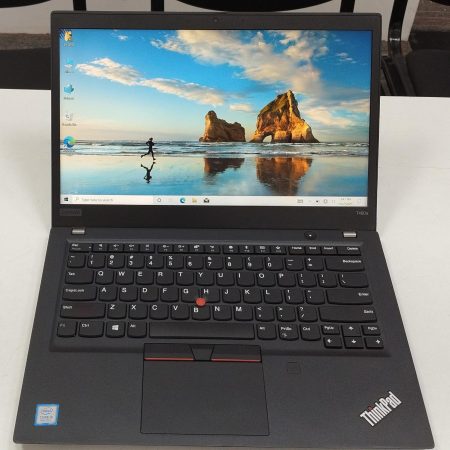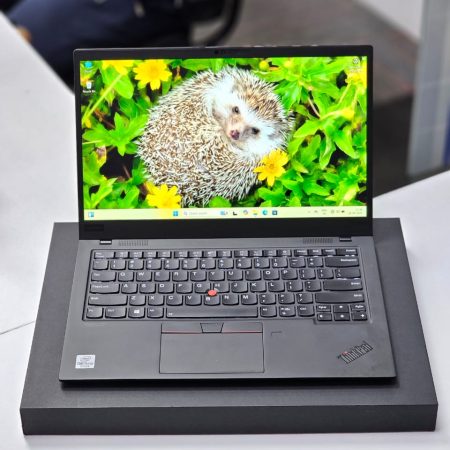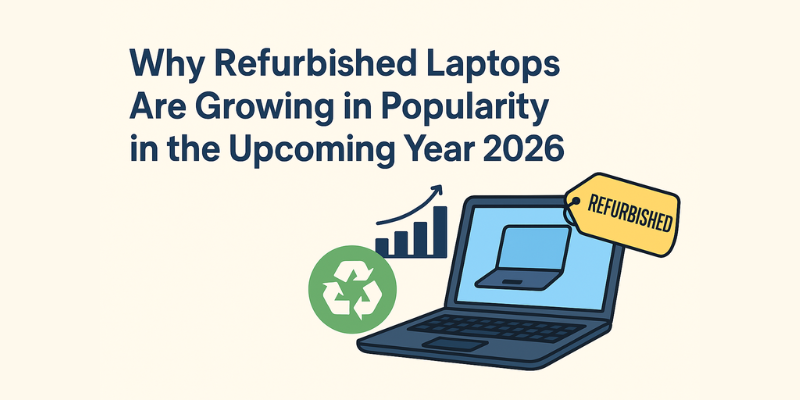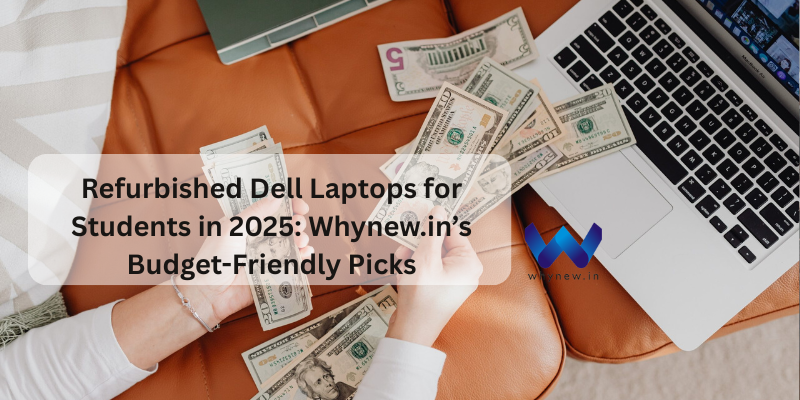In the fast-paced world of technology, consumers are constantly seeking ways to balance performance, affordability, and sustainability. Over the last few years, refurbished laptops have steadily gained attention, and as we move toward 2026, this trend is set to grow stronger than ever. From cost savings to eco-friendly practices, refurbished laptops are no longer seen as “second-hand” compromises but as smart, sustainable choices for individuals, students, and businesses.
1. Rising Costs of New Devices
With global inflation, supply chain challenges, and the continuous addition of advanced features in new laptops, the cost of purchasing a brand-new device is climbing every year. In 2026, more buyers are expected to turn to refurbished laptops as an affordable way to access high-performance technology without breaking the bank.
2. Enhanced Quality and Certification
Gone are the days when refurbished meant unreliable. Today, certified refurbishers test, repair, and replace essential components such as batteries, SSDs, and keyboards before reselling devices. Many refurbished laptops now come with warranties and after-sales support, making them almost indistinguishable from new units. By 2026, improved refurbishment standards and increased trust in certified sellers will fuel their popularity further.
3. Sustainability and E-Waste Reduction
Environmental consciousness is one of the strongest forces driving the refurbished market. E-waste is one of the world’s fastest-growing waste streams, and refurbishing helps extend the lifespan of laptops while reducing carbon emissions. As governments and businesses promote circular economy practices in 2026, refurbished laptops will become the go-to eco-friendly tech choice.
4. Remote Work, Education, and Budget-Friendly Access
Since the pandemic, laptops have become essential tools for remote workers, freelancers, and students. Not everyone needs the latest high-end model—many only require reliable performance for tasks like browsing, video calls, or office work. Refurbished laptops offer exactly that: dependable devices at a fraction of the cost, making them perfect for budget-conscious users in 2026.
5. Growing Acceptance Among Businesses
Small and medium-sized enterprises (SMEs) are increasingly adopting refurbished laptops to equip teams affordably. Leasing returns and corporate refresh cycles provide a steady supply of business-grade laptops that are refurbished and resold. By 2026, this practice is expected to expand as more companies focus on cost efficiency and sustainable IT strategies.
6. Better Market Infrastructure & Policies
The refurbished industry is becoming more organized, with transparent grading systems (Grade A, B, etc.), easy return policies, and improved online marketplaces. Coupled with government incentives to reduce e-waste and promote reuse, 2026 will likely see more structured growth in the refurbished laptop sector.
Final Thoughts
Refurbished laptops are no longer viewed as “used and outdated.” Instead, they represent smart spending, eco-conscious living, and reliable performance. As 2026 approaches, rising costs of new devices, stronger sustainability movements, and growing trust in certified refurbishers will make refurbished laptops a mainstream choice for students, professionals, and businesses alike.
For anyone looking to invest in technology that balances quality, affordability, and sustainability, refurbished laptops in 2026 might just be the perfect solution.
Author Bio: Sahana is a technical writer who focuses on writing about cutting-edge technologies like cybersecurity, software engineering, artificial intelligence, data science, and cloud computing.














Leave a comment